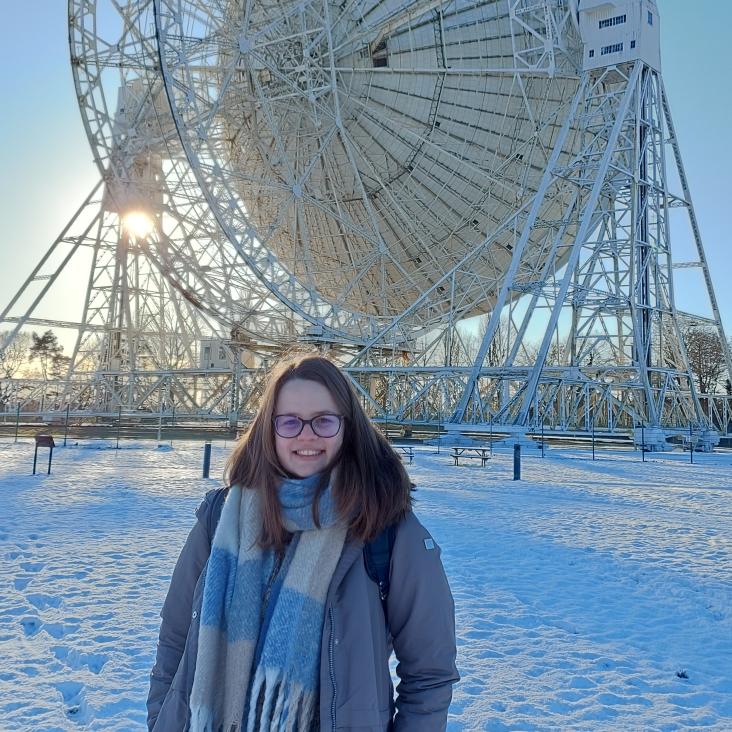Cosmology from LOFAR Two-metre Sky Survey Data Release 2: Cross-correlations with luminous red galaxies from eBOSS
Astronomy & Astrophysics EDP Sciences 698 (2025) a58
The Evolutionary Map of the Universe: A new radio atlas for the southern hemisphere sky
Publications of the Astronomical Society of Australia Cambridge University Press 42 (2025) e071
Abstract:
We present the Evolutionary Map of the Universe (EMU) survey conducted with the Australian Square Kilometre Array Pathfinder (ASKAP). EMU aims to deliver the touchstone radio atlas of the southern hemisphere. We introduce EMU and review its science drivers and key science goals, updated and tailored to the current ASKAP five-year survey plan. The development of the survey strategy and planned sky coverage is presented, along with the operational aspects of the survey and associated data analysis, together with a selection of diagnostics demonstrating the imaging quality and data characteristics. We give a general description of the value-added data pipeline and data products before concluding with a discussion of links to other surveys and projects and an outline of EMU’s legacy value.Cross-correlating the EMU Pilot Survey 1 with CMB lensing: Constraints on cosmology and galaxy bias with harmonic-space power spectra
Publications of the Astronomical Society of Australia Cambridge University Press 42 (2025) e062
Abstract:
We measured the harmonic-space power spectrum of Galaxy clustering auto-correlation from the Evolutionary Map of the Universe Pilot Survey 1 data (EMU PS1) and its cross-correlation with the lensing convergence map of cosmic microwave background (CMB) from Planck Public Release 4 at the linear scale range from to 500. We applied two flux density cuts at and mJy on the radio galaxies observed at 944MHz and considered two source detection algorithms. We found the auto-correlation measurements from the two algorithms at the 0.18 mJy cut to deviate for due to the different criteria assumed on the source detection and decided to ignore data above this scale. We report a cross-correlation detection of EMU PS1 with CMB lensing at 5.5 , irrespective of flux density cut. In our theoretical modelling we considered the SKADS and T-RECS redshift distribution simulation models that yield consistent results, a linear and a non-linear matter power spectrum, and two linear galaxy bias models. That is a constant redshift-independent galaxy bias and a constant amplitude galaxy bias . By fixing a cosmology model and considering a non-linear matter power spectrum with SKADS, we measured a constant galaxy bias at mJy ( mJy) with ( ) and a constant amplitude bias with ( ). When is a free parameter for the same models at mJy ( mJy) with the constant model we found ( ), while with the constant amplitude model we measured ( ), respectively. Our results agree at with the measurements from Planck CMB and the weak lensing surveys and also show the potential of cosmology studies with future radio continuum survey data.The Evolutionary Map of the Universe: A new radio atlas for the southern hemisphere sky
(2025)
On the relationship between the cosmic web and the alignment of galaxies and AGN jets
Monthly Notices of the Royal Astronomical Society Oxford University Press 539:3 (2025) 2362-2379


